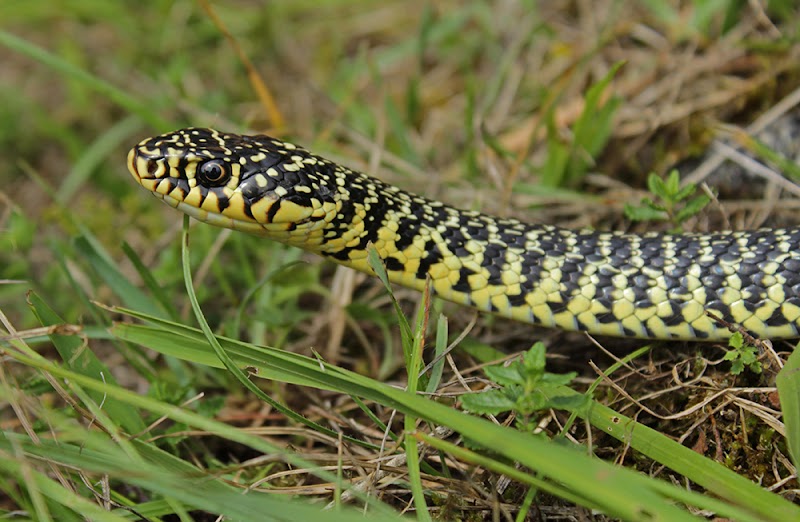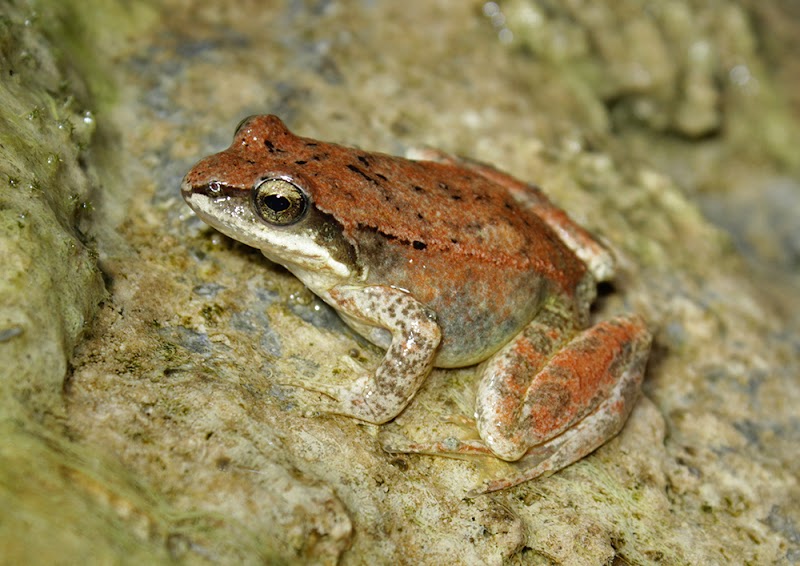catching up - 3 summer reports
It doesn't really fit all in this subforum, but what the heck.
Here’s an early Christmas present: catching up with reports of trips to northwestern Spain, Lorraine and the Pyrenees.

Fire Salamander Salamandra salamandra - northwestern Spain, July 2017

Western Whip Snake Hierophis viridiflavus – Lorraine, August 2017

Pyrenean Stream Frog Rana pyrenaica - Pyrenees, August 2017
Here’s an early Christmas present: catching up with reports of trips to northwestern Spain, Lorraine and the Pyrenees.
Fire Salamander Salamandra salamandra - northwestern Spain, July 2017
Western Whip Snake Hierophis viridiflavus – Lorraine, August 2017
Pyrenean Stream Frog Rana pyrenaica - Pyrenees, August 2017